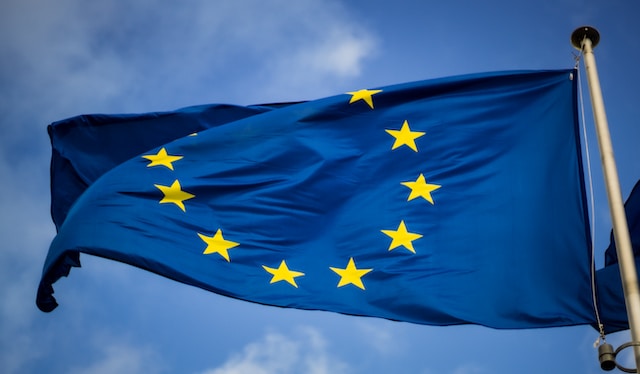

Hydrogen wins big with billions in EU Innovation Fund grants
Hydrogen projects scooped up more than half of the €3.6bn on offer from the EU’s Innovation Fund with projects focused on green hydrogen production, green methanol and ammonia, and electrolyser and fuel-cell manufacturing all securing funds.
The investments pave the way for further advancements across the hydrogen supply chain, as the EU fosters clean energy technologies that have the potential to revolutionise numerous sectors, reduce carbon emissions, and promote a more environmentally friendly global economy.
It is the third time the EU has run a call for grants for the Innovation Fund. The four categories were general decarbonisation, innovative electrification or hydrogen in industry, clean tech manufacturing, and mid-size pilots for technologies not yet ready for commercialisation.
Hydrogen scooped up all 13 grants in electrification or hydrogen in industry category, worth almost €1.2bn in total; four of the 11 grants in the €800m clean tech manufacturing category went to electrolyser or fuel cell projects; three of the eight grants in the €1.4bn general decarbonisation category also went to hydrogen projects.

Last month, the UK government unveiled the 13 projects to receive more than £50 million of grants to switch from hydrocarbons to cleaner fuels to power their industrial processes. Witnessing sizeable levels of hydrogen investment next door in the EU tells us that Europe as a whole is on the right track.
The full list of winners can be found here, but some of the most significant include H2 Green Steel, a hydrogen-based green steel project in northern Sweden powered by 700 MW of electrolyser capacity, the largest in Europe. Green H2 Atlantic aims to demonstrate a 96 MW pressurised alkaline electrolysis system at a decommissioned coal power plant in Portugal.
electroMethanol-Rhône will produce e-methanol using renewable hydrogen production and carbon capture and utilisation. The green hydrogen will be produced using an electrolyser powered by renewable energy, while the CO2 will be captured from a cement plant using Cryocap technology.
FFI Holmaneset Green Ammonia Production in Norway will use a 300 MW electrolyser powered by surplus renewable energy from the grid. Australia’s Fortescue Future Industries signed a power-purchase agreement In March with Statkraft.
____________________
Related reading:
Companies unite to expedite UK’s sustainable hydrogen infrastructure
____________________
BioOstrand aims to design, build and operate the world’s first large-scale biorefinery to produce renewable Sustainable Aviation Fuels (SAF) and naphtha. In order to increase the hydrocarbon yield, green hydrogen is added to the process, facilitating a more efficient use of the feedstock, by turning more carbon atoms into final product.
H2Sines.Rdam plans to demonstrate the potential of using liquid hydrogen to transport renewable energy from Portugal to the Netherlands via ship. Due to the abundant solar energy in Portugal, cheap H2 can be produced that will be consumed by hard to decarbonise industries in the Netherlands.

The station’s solar panels cover the fields of the Portuguese hills to generate clean, ecological electrical energy. H2Sines.Rdam plans to demonstrate the potential of using liquid hydrogen to transport renewable energy from Portugal to the Netherlands via ship.
The Topsoe SOEC Stack Module Factory will use its funds to build and operate a factory producing innovative solid oxide electrolyser cell (SOEC) stack modules used for electrolysis in green hydrogen production. A final investment decision has already been taken on a 500 MW factory in Denmark.
Last month, the UK government unveiled the 13 projects to receive more than £50 million of grants to switch from hydrocarbons to cleaner fuels to power their industrial processes. Witnessing sizeable levels of hydrogen investment next door in the EU tells us that Europe as a whole is on the right track.
To learn more about HYCAP, click here.